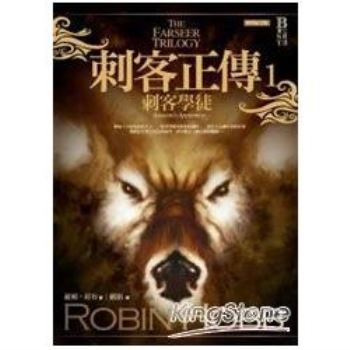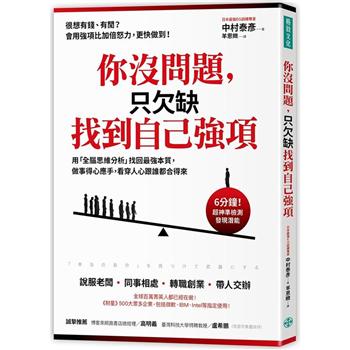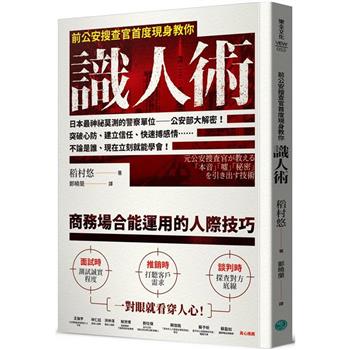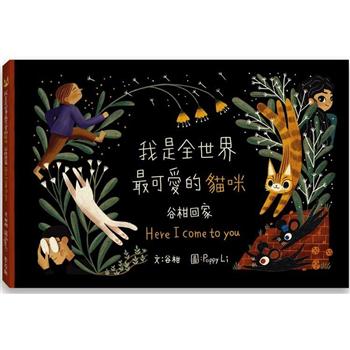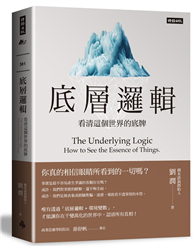西方藝術史對「繪畫性」的研究,源自「畫框」的設置。在畫框之內,世界變成被觀看的圖像客體;在畫框之外,畫家與觀者成為創作與認知的主體。洪藝真重新界定「繪畫性」的意義,保留「畫框」的窗框形式,揚棄畫面內容的主題言說,將作品簡化到「顏料、畫框、畫布」三種基本元素。看似扭曲的畫框與縮水的畫布,是物件複製與肌理再現的創作結果;厚、薄不同的畫框與顏料的流動特性,都在寧靜的空間氛圍裡如實還原。 洪藝真(1971-)早期赴英國學習美術創作,1992至2002年期間先後進入東倫敦大學、皇家藝術學院與瑞丁大學就讀,並於2002年獲得博士學位,現於國立臺南藝術大學材質創作與設計系任教。其作品風格受到美國抽象主義與極簡主義的影響,強調材料與形式的單純性,運用媒材原來的質感;採用簡單的四邊形,削減具體形像傳達意識的可能性;使用重複或均等分佈的手法,製造畫布與畫布之間理性的對話頻率。 洪藝真近期的展覽是持續發生中的系列事件。2007年伊通公園的「複製─再現 洪藝真個展」,探討「複製即再現的延伸」的觀念,以人工複製的方式將油畫作品翻模處理,精確而完整再現「原作」中細膩的筆觸與畫布原始的肌理。2008年竹師藝術空間的「還原─再現 洪藝真個展」,探討「再現」後「還原」的可能性。2009年在臺北市立美術館「主體.繪畫.客體」的命題,再次向觀眾提問「繪畫性」的辯證關係。「繪畫」一詞既是名詞也是動詞,既是主觀的意志表現也是客觀的創作載體,於是將「繪畫」置於主體與客體間,在多義的詮釋中擺盪、發展;讓每件作品都是提問,答案則讓觀者自行提供。 本展展出洪藝真2007至2009年的作品19件,全數以「無題」為名,再次讓創作者隱身在作品之後,讓作品自己說話。除了對創作的精準要求,展場也精心規劃為黑白兩色區塊。黑色空間在方形燈光的幽微指引下,作品本身的物質性益發彰顯,玻璃纖維的原作複製、畫布的橫豎條紋、油彩的流動性與烤漆的鮮豔原色,如同物件般的凝結靜止。白色空間架設透明壓克力架,放置用陶土翻模製成的畫布「文件」480片,藝術家邀請觀眾拿起一片砸碎,解構藝術史中對「繪畫」的定義。破碎後的重新拼組能否再現原件?不同參與者的拼組行為能否得到相同的結果?藉由「事件」的發生,讓觀眾透過主動參與,進而思索藝術家的創作目的。 洪藝真的作品看似簡單,然而所蘊含的能量,讓其作品如肺一般,會呼吸、有起伏。其個人化、手工化、美感化的藝術表現,展現創作者在媒材與作品間靈巧的互動關係,也重新定位繪畫領域中主體與客體的存在價值,並以嚴謹的態度突破現實制約,持續創造深具個人風格的藝術天地。
| FindBook |
|
有 1 項符合
何邁.張至維的圖書 |
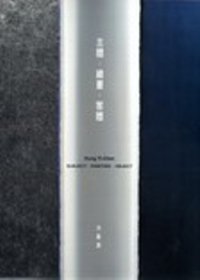 |
$ 30 ~ 333 | 主體.繪畫.客體—洪藝真個展
作者:邱麗卿/編輯,何邁.張至維/翻譯 出版社:台北市立美術館 出版日期:2009-04-01 語言:繁體中文 規格:平裝 / 24頁 / 29*25cm / 普級 / 單色印刷 / 初版  共 4 筆 → 查價格、看圖書介紹 共 4 筆 → 查價格、看圖書介紹
|
|
|
圖書介紹 - 資料來源:博客來 評分:
圖書名稱:主體.繪畫.客體—洪藝真個展
內容簡介
序
內容推薦
《主體.繪畫.客體-洪藝真個展》
本展展出洪藝真2007至2009年的作品19件,全數以「無題」為名,再次讓創作者隱身在作品之後,讓作品自己說話。除了對創作的精準要求,展場也精心規劃為黑白兩色區塊。黑色空間在方形燈光的幽微指引下,作品本身的物質性益發彰顯,玻璃纖維的原作複製、畫布的橫豎條紋、油彩的流動性與烤漆的鮮豔原色,如同物件般的凝結靜止。白色空間架設透明壓克力架,放置用陶土翻模製成的畫布「文件」480片,藝術家邀請觀眾拿起一片砸碎,解構藝術史中對「繪畫」的定義。破碎後的重新拼組能否再現原件?不同參與者的拼組行為能否得到相同的結果?藉由「事件」的發生,讓觀眾透過主動參與,進而思索藝術家的創作目的。
洪藝真的作品看似簡單,然而所蘊含的能量,讓其作品如肺一般,會呼吸、有起伏。其個人化、手工化、美感化的藝術表現,展現創作者在媒材與作品間靈巧的互動關係,也重新定位繪畫領域中主體與客體的存在價值,並以嚴謹的態度突破現實制約,持續創造深具個人風格的藝術天地。
|
